Nestled between Umbria and Marche, the Monti Sibillini National Park has captured my heart with its breathtaking landscapes and hidden treasures. During my many visits to this stunning corner of Italy, I’ve discovered a paradise for nature lovers that changes with each season.
The Sibillini Mountains offer perfect terrain for outdoor enthusiasts. Options for hiking, mountain biking, horseback riding, and even rafting through its pristine natural environment. What makes this area truly special is how it balances wild, untouched nature with charming historic villages that dot the landscape. Each small town tells its own story of Italian heritage and tradition.
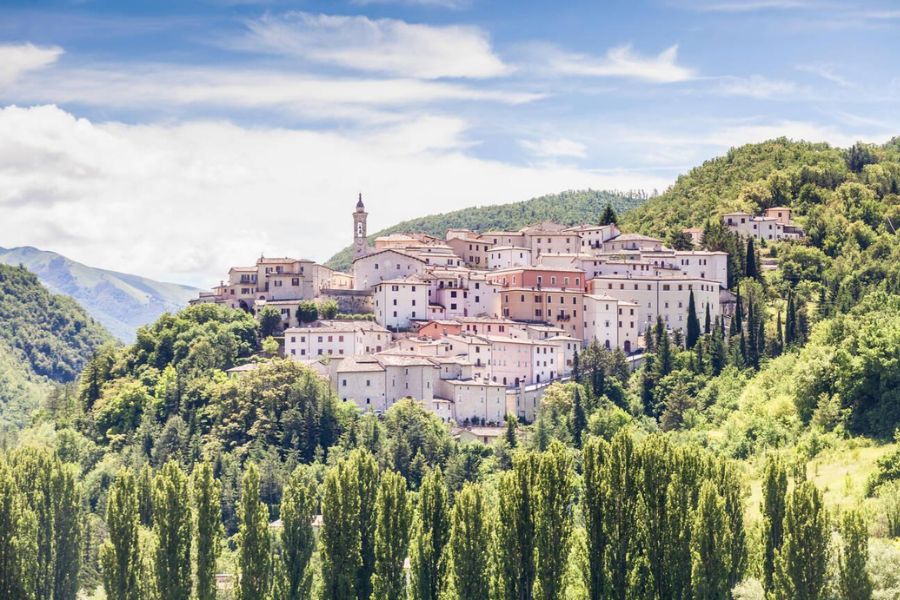
My favorite aspect of exploring the Sibillini has been the variety of experiences available year-round. From springtime wildflower displays to summer hiking adventures, autumn’s golden colors to winter’s quiet beauty, there’s always something magical waiting to be discovered. Whether you’re seeking challenging treks or gentle walks through medieval villages, this guide will help you uncover the best of both natural wonders and cultural heritage.
Exploring Monti Sibillini National Park
The Monti Sibillini National Park offers some of Italy’s most breathtaking landscapes with majestic peaks over 2,000 meters, diverse wildlife, and a network of trails for every type of adventurer. During my visits, I’ve discovered hidden valleys, ancient villages, and stunning alpine meadows that transform with each season.
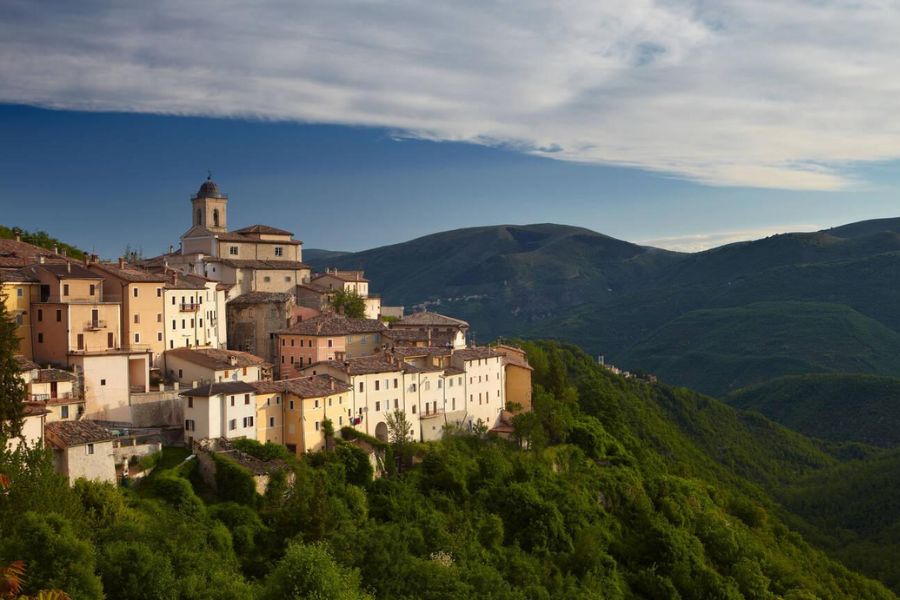
Discovering the Heart of the Park
The best way to experience Sibillini is through its extensive trail network. I’ve hiked several routes, but the 120km Grande Anello dei Sibillini (Great Ring of the Sibillini) stands out as the ultimate adventure. This multi-day trek circles the entire park through changing landscapes and elevations.
Monte Vettore, the highest peak at 2,476 meters, offers spectacular views that reward the challenging climb. I recommend bringing a detailed topographical map and compass, as weather can change quickly in the mountains.
The alpine meadows burst with wildflowers in spring and summer, creating colorful carpets across the landscape. These natural gardens host rare plant species found nowhere else in Italy.
For less experienced hikers, there are plenty of shorter trails that showcase the park’s beauty without requiring technical skills.
Conservation Efforts and Wildlife
The park’s conservation programs have successfully protected several endangered species. I’ve been lucky enough to spot wolves during early morning hikes, though they typically avoid human contact.
Golden eagles soar above the peaks, and with patience and binoculars, you might witness their impressive hunting displays. The reintroduction of the Apennine chamois has been one of the park’s greatest conservation successes.
The biodiversity here is remarkable, with over 1,800 plant species and numerous endemic animals. Park rangers conduct regular monitoring to ensure this delicate ecosystem remains balanced.

Visitors can learn about conservation efforts at information centers throughout the park. I’ve found that visiting in spring or fall offers the best wildlife viewing opportunities while avoiding summer crowds.
Historic Villages and Cultural Journeys
The Sibillini Mountains cradle some of Italy’s most charming historic settlements, each with unique stories etched into their ancient stones. Walking through these villages feels like stepping back in time, where traditions remain alive and architectural treasures stand proudly against mountain backdrops.
Norcia: A Blend of Nature and Culture
I discovered Norcia on a crisp spring morning, when the scent of its famous cured meats filled the air. This charming town sits at the foothills of the Sibillini and is the birthplace of St. Benedict, founder of Western monasticism.
The town’s impressive medieval walls survived centuries of history, though recent earthquakes have damaged some structures. Still, Norcia’s spirit remains unbroken. The Basilica of San Benedetto’s façade stands as a testament to resilience, while the Castellina fortress houses a fascinating museum of local traditions.
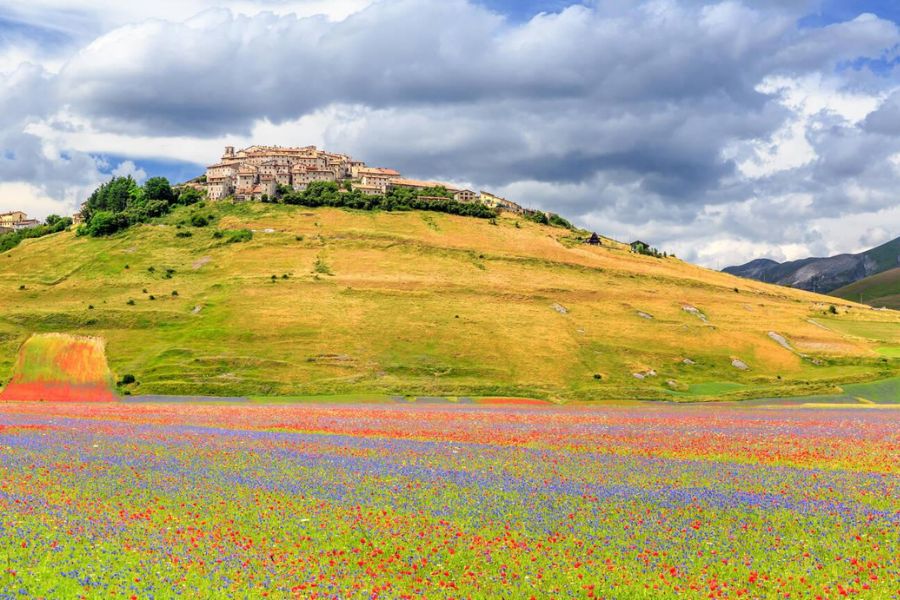
Food lovers will appreciate Norcia’s culinary fame. The town is renowned for its black truffles, wild boar sausages, and “norcineria” – the local art of pork butchery. I recommend visiting during the black truffle festival when the town comes alive with tastings and celebrations.
Preci and Castelluccio: Medieval Gems
Venturing deeper into the mountains, I found Preci – a tiny medieval village with surprising significance. This stone settlement was once home to Europe’s most skilled surgeons during the Middle Ages, who developed advanced techniques that influenced modern medicine.
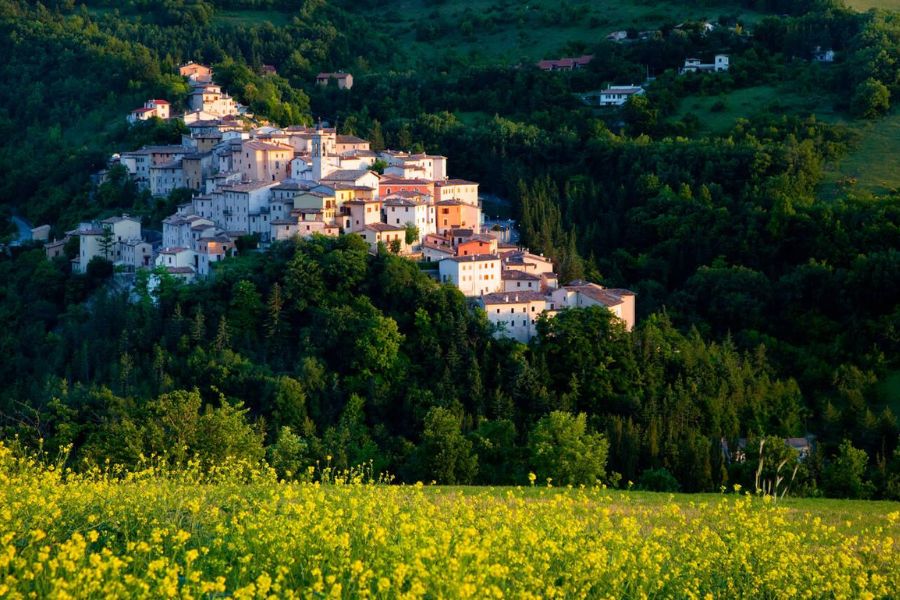
Nearby Castelluccio sits perched at 1,452 meters, making it one of Italy’s highest villages. Though small in size, it offers breathtaking views across Piano Grande, a vast plateau that transforms into a magnificent patchwork of wildflowers during summer’s “Fiorita.”

Both villages feature narrow stone streets that wind between ancient buildings. Time seems suspended here, with traditional crafts still practiced by local artisans. The churches contain unexpected art treasures, including remarkable frescoes that have survived centuries in these remote mountain sanctuaries.
The Roman Legacy in Spoleto and Orvieto
Just beyond the Sibillini’s borders lie Spoleto and Orvieto, two cities where Roman influence remains prominently visible. In Spoleto, I walked across the impressive Ponte delle Torri, a 13th-century bridge built on Roman foundations that spans a deep gorge.
Spoleto’s Roman theater still hosts performances during the famous Festival dei Due Mondi (Festival of Two Worlds), blending ancient architecture with contemporary arts. The Rocca Albornoziana fortress offers panoramic views of the surrounding countryside.

Orvieto sits dramatically atop volcanic rock, accessible by funicular from the valley below. Its magnificent Gothic cathedral features some of Italy’s most important religious frescoes. Underground, a fascinating network of Etruscan and medieval tunnels reveals the city’s ancient origins.

Both cities serve as perfect cultural counterpoints to the natural wonders of the Sibillini, offering museums, excellent restaurants, and boutique shopping among their historic streets.
Adventure and Outdoor Activities
The Monti Sibillini National Park offers a playground for adventure seekers with its diverse landscape of rugged peaks, flowing streams, and hidden valleys. Whether you’re looking to trek along ancient paths or scale dramatic rock faces, this natural paradise delivers unforgettable experiences.
Hiking the Rugged Trails
I’ve explored many of Sibillini’s countless trails, and they truly offer something for every level of outdoor enthusiast. The park features 14 different day routes and the impressive 120km Grande Anello dei Sibillini (Great Sibillini Ring), an 8-stage trek that circles the entire mountain range.
My favorite day hike leads to Monte Vettore, the highest peak in the range at 2,476 meters. The path isn’t technically difficult, but you’ll need good stamina and proper hiking boots.
For a more peaceful experience, try the gentle trails near San Leonardo. These paths wind through wildflower meadows and offer spectacular mountain views without the demanding climbs.
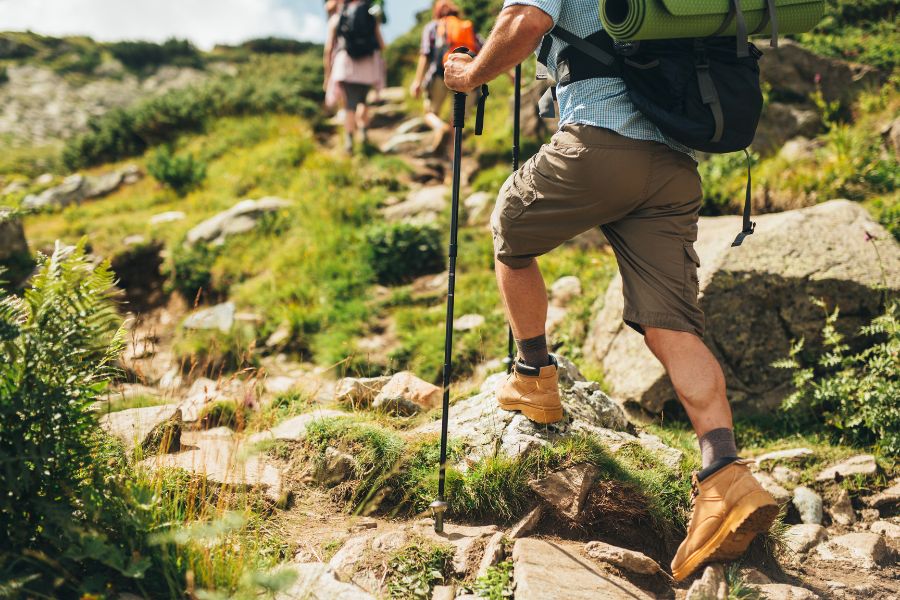
Always carry a detailed topographical map and compass when hiking here. The weather can change quickly, especially in spring and fall.
Mountaineering and Climbing
For those seeking more vertical challenges, the Sibillini Mountains won’t disappoint. Monte Priora, with its dramatic limestone face, offers excellent climbing routes for experienced mountaineers.
I recommend hiring a local guide for your first climbing expedition here. They know the safest routes and can help you navigate the sometimes tricky terrain.
Summer provides the most reliable conditions for climbing, though early fall can be magical with fewer crowds and crisp, clear air. The rock quality varies throughout the range, from solid limestone to more delicate formations.
Equipment rentals are available in several villages surrounding the park, though I always bring my own harness and shoes for comfort and familiarity.
Flavours of the Sibillini
The culinary traditions of the Monti Sibillini region offer a delightful journey through tastes that reflect the mountain landscapes and rural heritage. When hiking these magnificent trails, sampling the local food becomes an essential part of the experience.
Traditional Umbrian Cuisine
I discovered that Umbrian cuisine is deeply rooted in simplicity, with dishes that showcase local ingredients and ancient recipes. The area’s isolated mountain communities have preserved cooking methods that date back centuries.
Wild boar is a staple here, often prepared as a hearty stew or in pasta sauces. I was amazed by the strong flavors of dishes like pasta alla norcina – pasta with black truffles and sausage that originates from Norcia.
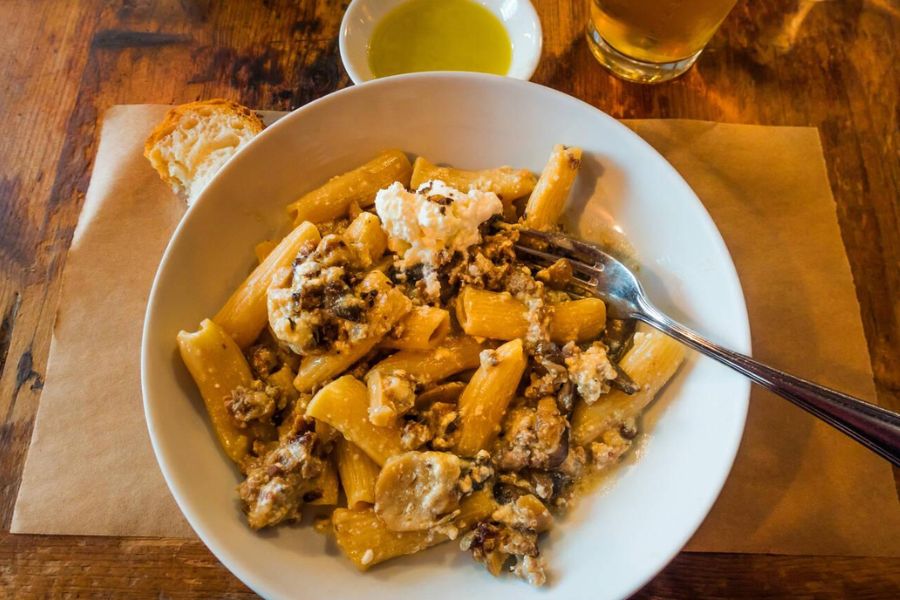
Truffle hunting is popular in these mountains, and the prized black truffles find their way into many dishes. During my visits, I’ve enjoyed truffle-infused cheeses, eggs, and even honey.
Lentils from Castelluccio are another local treasure. These tiny, flavorful legumes make for incredible soups that warm you up after a day exploring the mountain trails.
Local Delicacies and Regional Wines
The Sibillini area is famous for its cured meats, particularly those from Norcia. I’ve spent many afternoons sampling the region’s prosciutto, salami, and the distinctive ciauscolo – a spreadable salami that pairs perfectly with the local bread.
Pecorino cheese from the mountain pastures offers distinct flavors that change with the seasons. Each village seems to have its own variation, with some aged in walnut leaves or flavored with saffron.
Must-Try Regional Wines:
- Sagrantino di Montefalco (robust red)
- Rosso Piceno (medium-bodied red)
- Verdicchio (crisp white)
Montefalco’s Sagrantino stands out as one of Italy’s most powerful reds. I like to visit small family wineries where you can taste wines paired with local cheeses and hear stories about vineyard traditions passed down through generations.
Honey production thrives in these mountains too. I’ve tasted varieties from wildflower to chestnut, each capturing the essence of the Sibillini’s natural beauty.
Planning Your Visit
Planning a trip to Monti Sibillini National Park requires some thoughtful preparation to make the most of this stunning region. The park offers diverse accommodation options and has distinct seasonal advantages depending on your interests.
Accommodations and Stays
I’ve found several wonderful places to stay while exploring the Sibillini mountains. The area offers everything from rustic agriturismo farms to elegant hotels.
For a truly memorable experience, I recommend Palazzo Seneca in Norcia. This historic building combines luxury with authentic Italian hospitality. The staff can help arrange hiking excursions into the park.
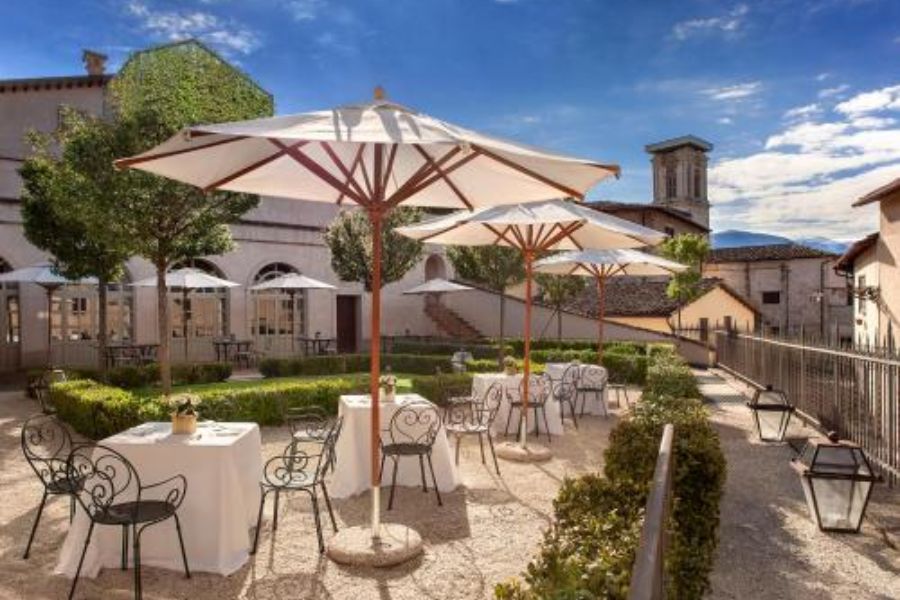
Budget travelers will appreciate the small B&Bs scattered throughout villages like Castelluccio and Visso. Many offer homemade breakfasts featuring local specialties.
Camping is also available for those wanting to immerse themselves in the Green Heart of Italy. The park has designated camping areas with basic facilities.
Best Times to Explore
Spring (April-June) brings wildflower meadows and comfortable hiking temperatures. This is my favorite time to visit the Piano Grande when it erupts in colorful blooms.
Summer offers perfect conditions for higher altitude treks. However, popular trails can get crowded in July and August. Early mornings are best to avoid afternoon heat.
Fall creates a spectacular display of colors across the forests. The crisp air makes it ideal for photography.
Winter transforms the landscape into a snow-covered wonderland. Some villages become wonderfully quiet while others offer winter sports opportunities.
Avoid visiting during heavy rain periods as some trails become dangerous and views are obscured.

